As the sun disappeared behind the chapel on Duke University’s West Campus on a recent Sunday, a takeover was underway.
Several masked underclass students milled about, reading in the grass, skateboarding across the quad and generally enjoying the brilliant late summer weather.
In a normal year, freshmen and sophomores stick to the university’s nearby East Campus, while West Campus houses the upperclassmen and graduate programs.
‘No social distancing’: US college towns close bars as Covid-19 cases surge
Read more
But the first- and second-years live here now. As part of its plan to combat Covid, the university allowed only freshmen and sophomores to reside on campus for the fall semester, spreading roughly 3,000 students among its housing, one per room.
These moves, along with a rigorous weekly testing program that is screening thousands of students, faculty and staff, have helped keep Duke’s positive cases low and could prove a model for other institutions hoping to avoid the fate of universities around the country that have experienced uncontrolled outbreaks.
At the end of June, Duke informed students that it would require them to get tested before they could set foot back on campus. That initial round of more than 5,500 tests found 11 positive cases.
Steven Dallas, a third-year law student from New York, was among those tested.
“It made sense to have a baseline measure of how prevalent Covid was within the community, rather than just going in blind and having all these people who come from across the country arriving on campus and then not knowing who is sick or not,” Dallas said. “That wouldn’t be a particularly good strategy.”
In addition to the usual caveats about masks and social distancing, Duke has limited all student gatherings to 10 or fewer – a stricter restriction than the current Durham city rule. But the cornerstone to Duke’s plan has always been testing, said university spokesman Michael Schoenfeld. “Clearly the more focused and frequent testing that can be done, the better information you have and better ability you have to identify and address any kind of activities before they become an outbreak,” Schoenfeld said.
Last month the university announced it would be performing weekly surveillance testing for its students, faculty and staff. The most recent round tallied 14,141 tests, returning 8 positives.
Since the beginning of August, Duke has performed more than 58,000 Covid tests. Seventy-five have come back positive.
Schoenfeld admitted that Duke has had advantages in its fight against Covid, including its large medical campus, the funding for continued, “tremendously expensive” surveillance testing, and plain luck.
“We’re an independent, private university. We’re able to make decisions quickly and implement those decisions and do what’s best,” Schoenfeld said. “Our motto in this has been to survive and advance. We feel good about where we are today, but we could do everything right and still be one day away from an outbreak.”
Ten miles down the road, the University of North Carolina at Chapel Hill has taken a different approach.
Despite warnings from the county health department, students and staff, UNC invited students back for a mix of in-person and online instruction. Some canceled their on-campus housing agreements, but roughly 6,000 were in dorms the first week of class.
The university opted against mandatory testing for students prior to their re-entry, stating that widespread testing went against CDC recommendations and that it could “create a false sense of security”.
The following week, more than 130 students and staff tested positive.
The university quickly reversed course, moving its classes online and asking students to leave campus.
“This is certainly not what we were hoping for this fall semester,” Kevin Guskiewicz, the UNC chancellor, said at the time. “Our first priority has always been community safety.”
Since the pandemic began, 1,138 students and 72 employees have tested positive. The university has performed a total of 4,612 tests.
The university’s approach has elicited a wave of criticism, including a blistering editorial from the Daily Tar Heel that ran with the headline “We all saw this coming.”
Dr Bill Petri, a professor of infectious diseases at the University of Virginia, said that while he can understand the argument that testing creates complacency, aggressive testing, contact tracing and quarantining remain the best methods for containing viral spread.
“It’s not rocket science,” Petri said. “The way to get it under control is doing lots and lots of tests really rapidly. You get out and identify the person with the infection and you isolate them, then you find out every single person who was exposed to that person during the infectious period and you quarantine all of them.”
UNC is currently offering voluntary testing for students living locally, but few are taking advantage. Last week the university recorded 137 tests and nine positive cases.
While public institutions like UNC – which is overseen by a board of governors elected by the state’s general assembly – often have to wade through different bureaucratic and financial waters, this type of “shoe-leather epidemiology” is something that all universities can do, Petri added.
“It takes a lot of effort, but if you do that then you control the (pandemic),” he said.
The sentiment among students, said Samantha Surprenant, a 21-year-old exercise and sports science major, is fear and frustration – a feeling that, with better precautions, much of what happened was preventable.
“A lot of other schools enforced testing before they came back,” Surprenant said. “There was no reason we couldn’t have done that.”
Surprenant, who’s a resident advisor, added she’s felt left in the dark by the administration. But if there’s a silver lining, she said, it’s that other institutions, and the university itself, can learn from UNC’s missteps. “What happened was exactly what I predicted,” Surprenant said. “We could have done something more, but we didn’t.”











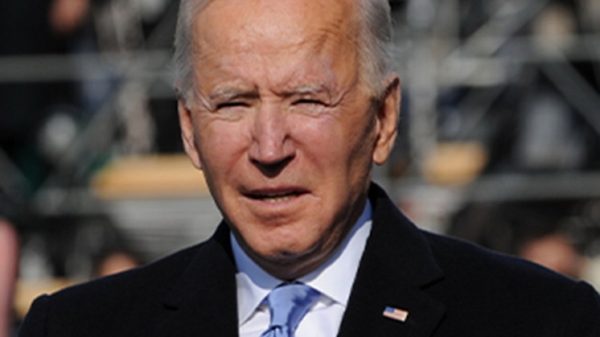





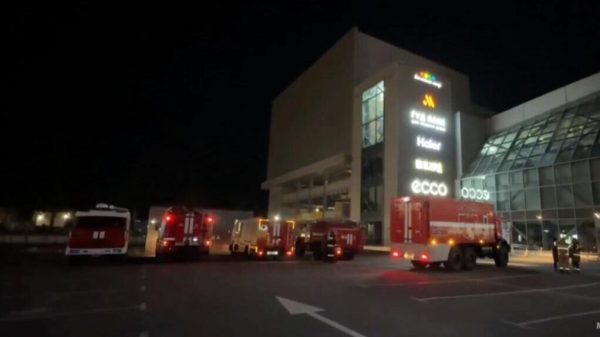
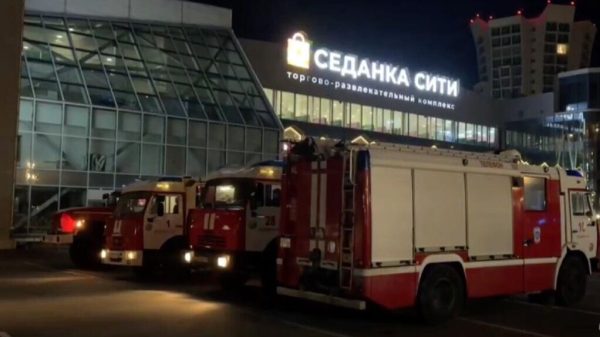

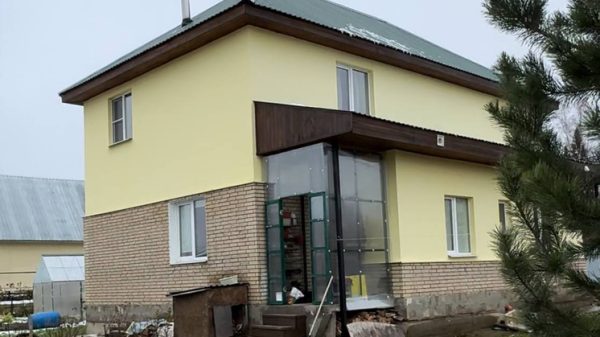


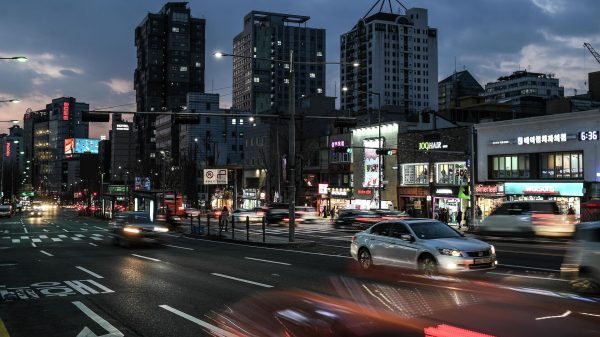



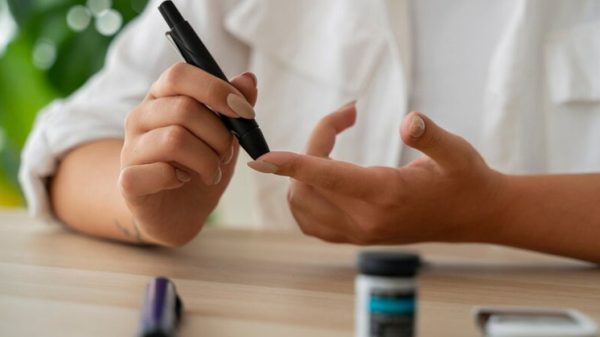
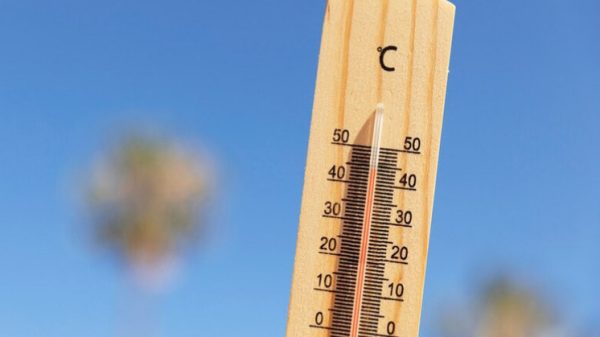
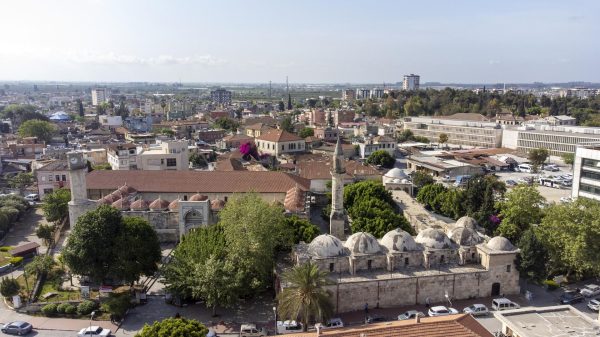

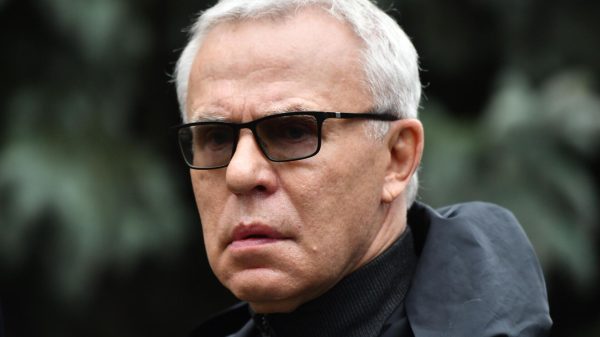



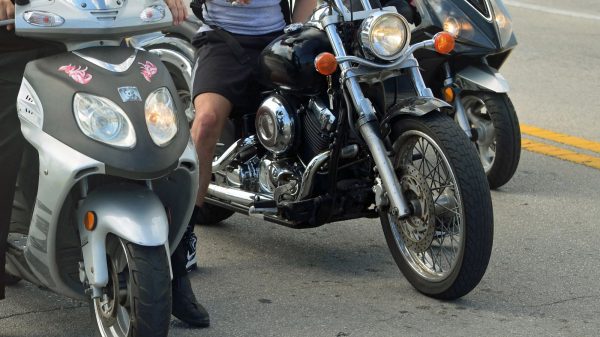









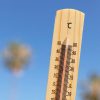






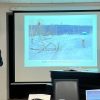




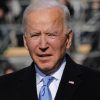



Свежие комментарии